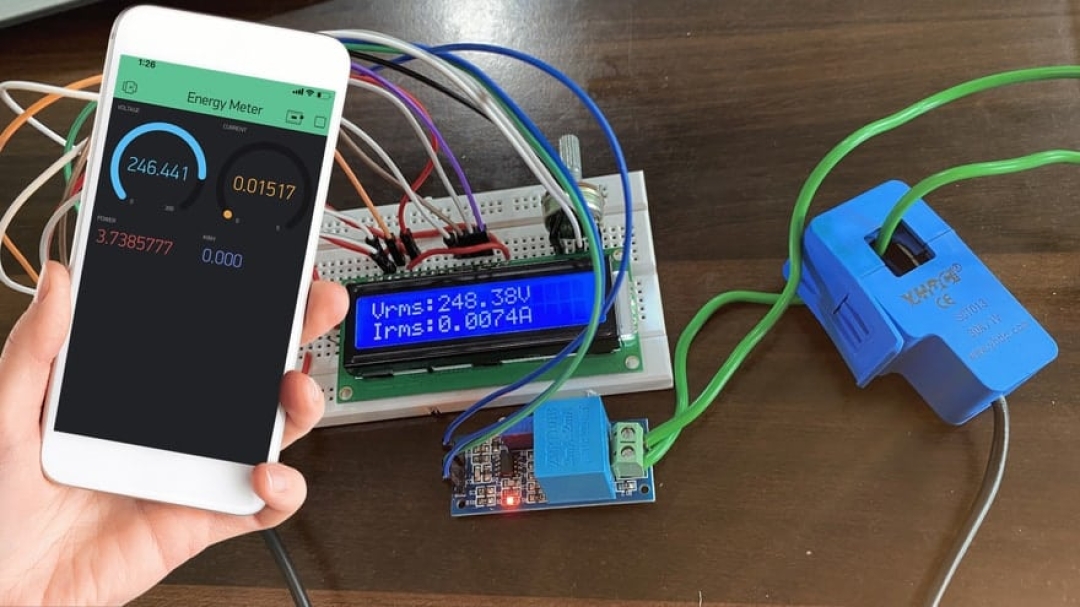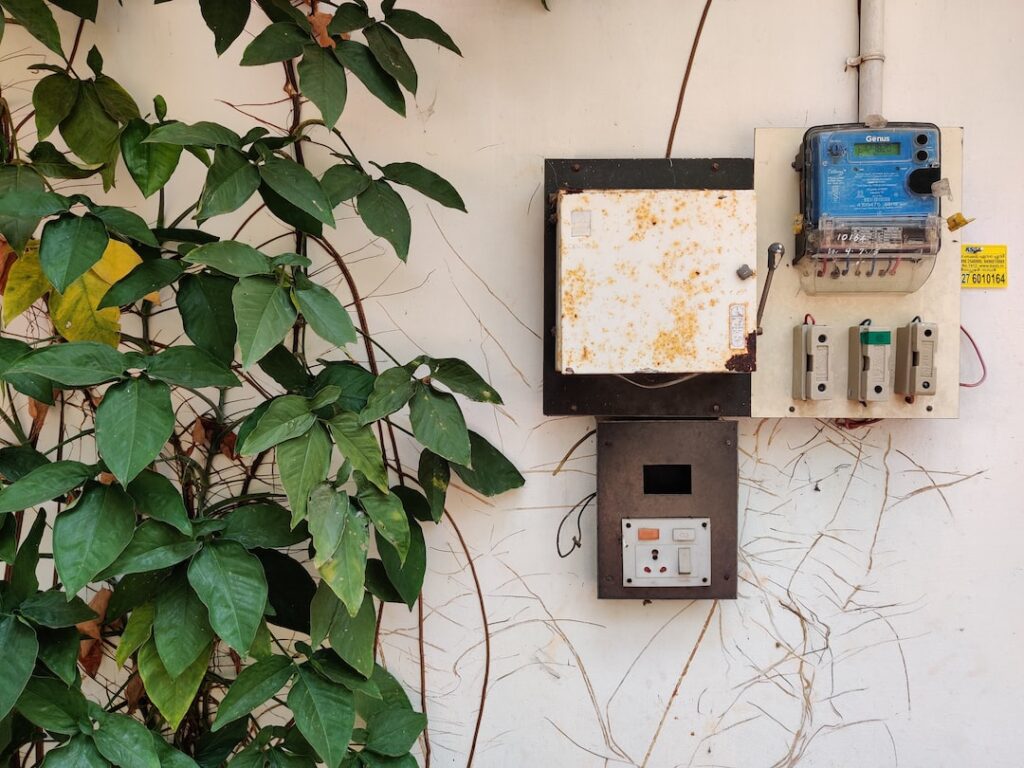Are you looking to save money on your energy bill, or just be more environmentally conscious? If so, then learning how to build a smart meter is a great way to do it!
Smart meters are devices that can track and monitor your energy consumption, which can help you make better choices about how to use electricity.
Plus, they’re not too difficult to build – all you need is some basic knowledge and the right materials. So if you’re interested in learning how to build a smart meter, read on for our complete guide!
Table of Contents
Benefits of a Smart Meter
The installation of smart meters is becoming increasingly popular as people become more aware of the benefits they can bring. Not only does it help to save money on your energy bills, but it can also make your home more energy-efficient.
One of the main benefits of having a smart meter is that you can keep track of your energy usage. This is because smart meters send regular updates to your energy supplier, so you can see exactly how much electricity you’re using. This information can be really useful in helping you to reduce your energy consumption.
Another benefit of smart meters is that they can help you to save money on your energy bills. This is because they can help you to avoid using energy during peak times when prices are usually higher. Smart meters can also help you to make the most of any discounts or tariffs that your energy supplier offers.
The Smart Grid: Modernizing the Energy Grid
The energy grid is one of the most important pieces of infrastructure in the United States. It’s also one of the oldest, with parts of it dating back to the late 1800s. The grid has undergone many changes over the years, but it’s now in the midst of a major transformation.
The key to this transformation is the smart meter. Smart meters are a clear improvement on past meters and are poised to have a positive effect on modernizing the grid. The technological sophistication of smart meters is helping to turn the grid into a virtual network of energy assets with extensive communication, kind of like a smart grid.
However, the possibility of a cyberattack on a smart grid is a substantial issue because interconnected devices, including smart meters, can provide new attack points. Also, as products are embedded with more intelligence and electronics, the supply chain grows more and more complex.
Despite these challenges, the benefits of smart meters are too great to ignore. They offer the potential to improve efficiency, lower costs, and enable the integration of renewable energy sources. In other words, smart meters are a critical part of modernizing the energy grid.
Gather the Necessary Materials
The first step in how to build a smart meter is to gather the necessary materials. This can seem like a daunting task, but if you take it one step at a time, it’ll be a breeze.
To start, you’ll need a meter base, a digital display, and a communications module. You’ll also need a few tools, like a screwdriver and a drill.
Once you have all of your materials, you can start building your smart meter.
Assemble the Smart Meter According to the Instructions
One of the best things about building a smart meter is that you can customize it to your specific needs. For example, you can choose to include features that will help you monitor your energy consumption more effectively.
If you are interested in building a smart meter, be sure to check out the instructions. With a little effort, you can build your own smart meter and save money on your energy bill.
Install the Smart Meter in Your Home or Office Space
Smart meters track and record your energy usage, allowing you to see how much electricity you’re using and when. This information can be used to help you make changes to your energy usage habits, which can lead to significant savings on your monthly bills.
Installing a smart meter is a relatively simple process, and there are a few different ways to do it.
One option is to hire a professional to come and install the meter for you. This is usually the easiest and most efficient way to get the job done, and it will also ensure that the meter is properly installed and working correctly.
Another option is to install the meter yourself. This can be a bit more challenging, but it’s definitely doable if you’re handy and have a little bit of experience with electrical work.
If you go this route, just be sure to follow the instructions carefully and turn off the power to your home or office before beginning the installation.
Once the meter is installed, you’ll start seeing your energy usage information right away.
 (Source)
(Source)
Configure Your Smart Meter
With a smart meter, you can configure the settings to optimize your usage and monitor your energy use to see where you can make changes.
To get started, take a look at your energy bill and see where your usage is highest. This will help you determine where you can make changes to save money.
For example, if you notice that your usage is highest during the daytime, you may want to consider making some changes to your daytime habits.
Some things you can do to save money during the daytime include:
- Turning off lights when you leave a room.
- Adjusting the thermostat to a lower temperature.
- Turning off electronics when you’re not using them.
- Opening blinds and curtains to let in natural light.
By making some small changes to your daytime habits, you can see a big difference in your energy bill. And, with a smart meter, you can monitor your progress and see how much money you’re saving.
If you’re looking to save even more money, you can also make changes to your nighttime habits.
Some things you can do to save money at night include:
- Turning off lights when you’re not using them.
- Adjusting the thermostat to a higher temperature.
- Turning off electronics when you’re not using them.
- Closing blinds and curtains to keep natural light out.
With a smart meter, you can configure the settings to optimize your usage, and monitor your consumption to see where you can make changes.
Aside from being able to monitor your home’s overall power consumption, you can also build individual sensors that are specialized to monitor and report energy usage by certain appliances, such as your heater, AC, refrigerator, or washing machine. You can also track which devices are currently on or off.
You can then use these events to trigger home automation, such as receiving a notification on your phone or via a voice assistant like Alexa or Google Assistant.
Frequently Asked Questions
How to build a smart meter at home?
To build a power meter at home, you’ll need a few things:
1. Microcontroller
This will be the brains of your smart meter. It will measure voltage and current and calculate power consumption.
2. Display Screen
This can be an LCD screen or LED array. It will need to show the current power consumption in watts.
3. Interface
You’ll need a way to interface with your home’s electrical system. This could be a simple plug-in device or something more complex like a whole-house monitoring system. You can build your own using Arduino or similar platforms or purchase one commercially.
4. Sensors
You’ll need sensors to measure voltage and current.
5. Wiring and Hardware
You’ll need some basic electronics skills to wire everything up and put it all together into a finished energy meter.
Are smart meters hackable?
Yes, smart meters are hackable. However, the risk of hacking is low if the meter is properly designed and installed.
What makes a meter a smart meter?
A smart meter is a device that measures the amount of electricity, water, or gas used by a customer and sends that information back to the utility company.
Conclusion
Smart meters are devices that can track and monitor your energy consumption, which can help you make better choices about how to use electricity.
Plus, they’re not too difficult to build – all you need is some basic knowledge and the right materials. So if you’re interested in learning how to build a smart meter, start with this guide.





